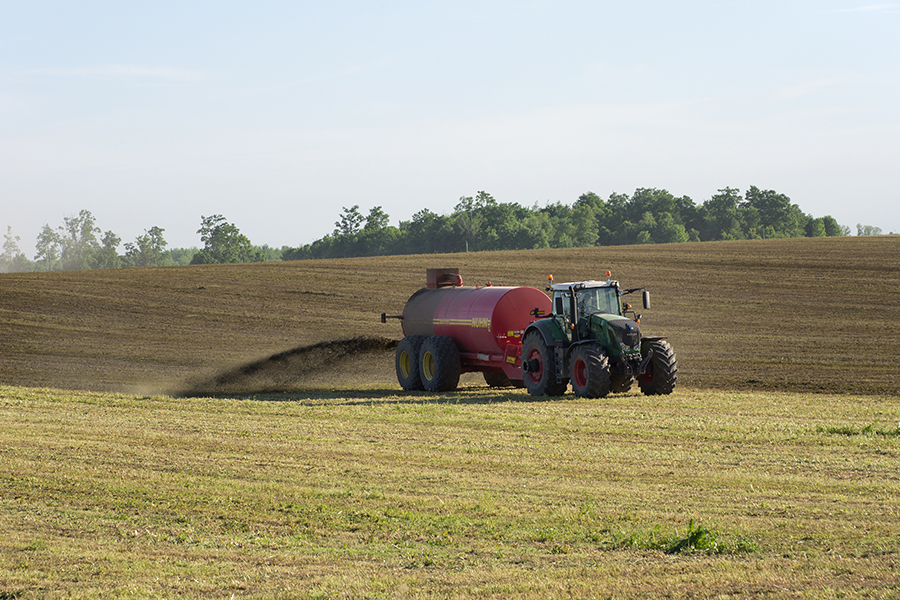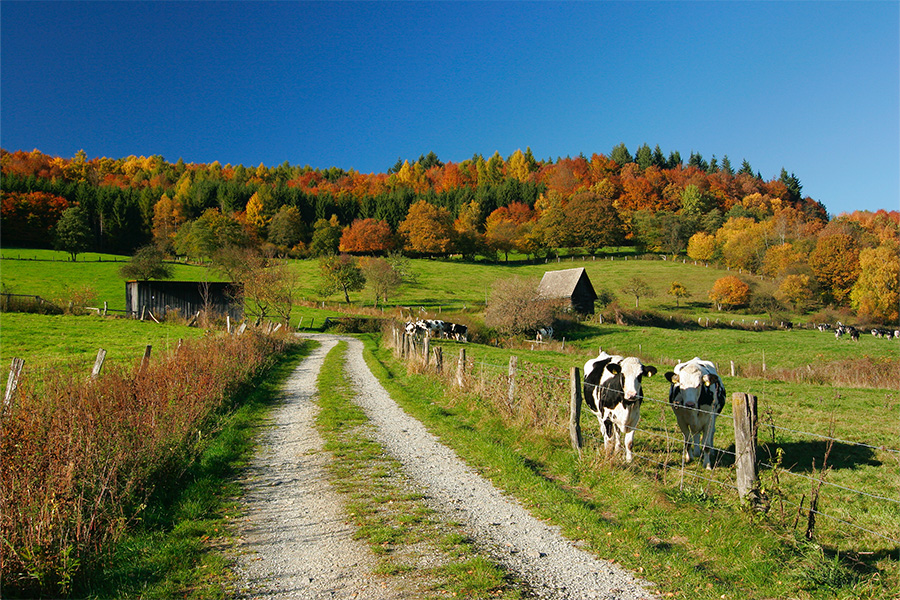Commercial Fertilizer
-

This publication discusses the proper calibration methods sprayers and other liquid applicators.
Paul E. Sumner, Gary L. Hawkins, and Michael J Bader
|
-

This publication provides information on (1) the nutrient content of manures available for land application, (2) how to determine manure application rates and whether supplemental fertilizer will be needed for maximum crop production and (3) how to use management techniques to maximize the fertilization potential of farm manures.
L. Mark Risse
|
-

This publication primarily focuses on rear discharge, twin spinner spreaders common for poultry litter application in the southeast.
Casey W. Ritz
|
-

Applicators used in granular applications should be calibrated to ensure uniformity and accuracy. An accurate and uniform application can reduce the quantity of an active ingredient required for a given degree of control.
Simerjeet Virk
|
-

Excessive fertilization does not equate to greater crop yields. Crop yields are optimized when nutrients are efficiently used, which requires fertilizer applications to be based on the right source, the right time, the right rate, and the right placement. These are referred as the four Rs of fertilizer management, whose purpose is to supply plants’ nutrient requirements, reduce production costs, and mitigate environmental impact.
Andre Luiz Biscaia Ribeiro da Silva and Erick Smith
|
-

Fertilization is an important practice of maintaining plant health. The blueberry plant is no exception, but there are important considerations when fertilizing blueberries. The rates, timing, and type of fertilizer should be common knowledge for the grower. In this circular, how to fertilize blueberry plants is described with text, diagrams, and calculations to provide growers, Extension agents, and anyone interested with the knowledge to successfully grow blueberries, from newly established to mature plantings. This publication was written to address commercial growers’ need for a reference to avoid costly mistakes such as over-fertilization, discussing both granular and liquid fertilization.
James L. Jacobs and Erick Smith
|
-

Farmers have known for centuries that animal manures spread on pastures and cropland can improve soil fertility. In the 1920s, farmers began to use sludge from municipal wastewater treatment plants as a fertilizer. Through decades of research, the scientific and agricultural communities have come to understand that municipal sludge or “biosolids” contain valuable nutrients and organic matter that improve the soil in a way similar to animal manures. It is important to understand that biosolids are not raw sewage. Biosolids are organic solids that have been treated to stabilize organic matter and reduce disease-causing organisms or pathogens.
This publication was developed to help answer some common questions regarding the use of biosolids and to give farmers benchmarks for good practices.L. Mark Risse and Gary L. Hawkins
|
-

Poultry litter is widely used on pastures and hayfields in Georgia. There are many benefits when it is used wisely. Producers should use nutrient management planning and recommended rates to ensure poultry litter is used in ways that maximize its benefits without harming the environment.
Julia W. Gaskin and Glendon H. Harris
|
-

This publication covers a procedure for applying wood ash as a lime substitute on agricultural lands. This method can be used by manufacturers and dealers who wish to supply wood ash or by landowners who wish to receive wood ash. If the practices in this publication are followed, there should be no adverse environmental effects or regulatory consequence from the land application of wood ash.
Julia W. Gaskin
|